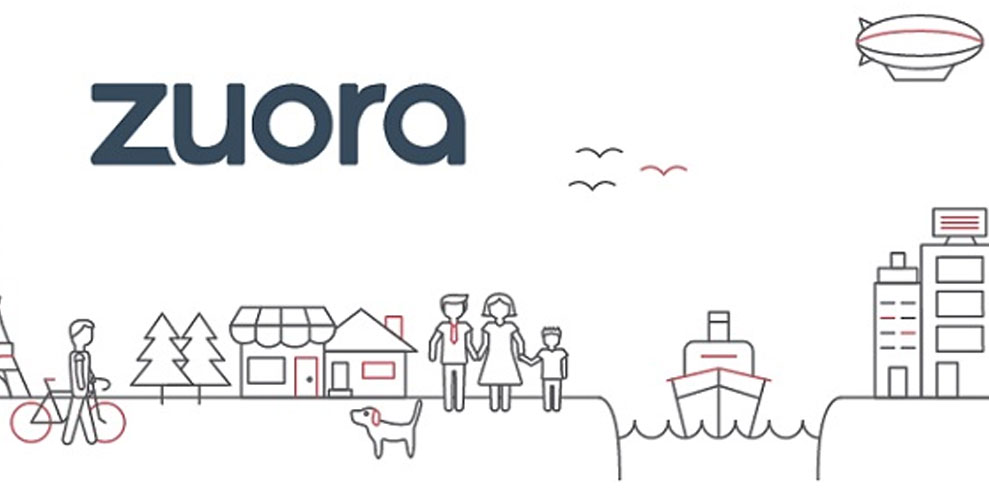“Citizens tend to think of government as a kind of vending machine. They put in taxes and get out services that governments provide. However, this vending machine idea is giving way to the idea of ‘government as a platform.’ The platform metaphor means that government provides a system in place to deliver services not by governments alone, but also by citizens and others (which also allows people inside and outside to innovate).”
– UN E-Government Survey, 2014
From GE to The New York Times, Symantec to Caterpillar, company after company in industry after industry is moving to digital subscriptions. But how about governments?
It’s an intriguing question, and one we’ve certainly given some thought to. If in this world nothing can be said to be certain, except death and taxes, then isn’t one way to see taxes as the ultimate recurring revenue stream?
And how amazing would it be, if the fees you paid to the government got you services that worked like your favorite subscriptions? Services that are customized to your needs, that are available anytime, anywhere, and that got better and better over time?
Well, for those of us waiting for this future to arrive, I’ve got some good news and bad news.
The good news? Governments are embracing digital, as evidenced by the fact that many of our basic government transactions (paying taxes, registering businesses, applying for permits) have moved online. In many ways, it reminds me of the first wave of e-commerce.
So what’s the bad news? Well, just like that first wave of e-commerce, all of these transactions happen in isolation. They’re disconnected. They don’t know anything about each other. We’ve essentially just replaced mail-in transactions (old model) with online transactions (new digital model). That makes things more convenient, but this online vending machine approach is hardly a revolutionary step toward greater government transparency and innovation.
But what if governments could work like Amazon or Google? What if governments started with the citizen, and enabled each citizen to pick the services that were relevant to them? What if every citizen had an ID that you could use to tap into all those services that your tax dollars are paying for? In the opening chapter of Subscribed, I discuss how companies like Netflix, Amazon, and Apple are successful because of direct customer relationships built on secure digital identities. Those subscriber IDs are absolutely fundamental. You can’t be data-driven without them. You can’t spin up new services without them.
So what would it look like if your local government ID was just as useful and responsive as your Netflix or Apple ID? Well, in fact, it’s already started to happen. Local e-government initiatives around the world have moved beyond automating basic procedural functions and into creating really interesting platforms of civic creativity.
Here are some highlights from the UN’s 2020 E-government Survey:
- In Dubai, the water department is using AI-enabled chatbots to respond directly to citizen queries.
- Singapore has a one-stop shop government portal that provides access to hundreds of e-services, including letting people monitor their social security savings.
- Sydney residents can access hundreds of data sets organized into sections that provide city-level information on the environment, community, economy, transport, and sustainability.
- Amman residents have online access to all local and international procurement opportunities and bid applications for municipal projects.
- Bogotá has an online system designed to manage petitions — a virtual tool people can use to submit complaints, requests for information, or concerns about possible acts of corruption.
- Madrid has paired their ambitious e-government portal with an equally ambitious effort to make sure that citizens without online access can get equal access to services.
- Berkeley has open-source maps of all their trees, allowing anyone to learn about tree identification while out on a walk.
It’s still early days, but here’s a cheat sheet for how government can make the shift from the world of functionality and into the world of digital possibility:
- Start with the citizen, not the transaction. Think of citizens as subscribers to government services.
- Establish a secure digital citizen ID for every citizen.
- Build a citizen profile on top of these IDs.
- Think about the entire subscriber experience, not just a single transaction.
Municipal governments need digital IDs to switch from a vending machine model (pay this library fine, fix this pothole) to a platform model: How can we create new services and open-source data to help make our city a safer, smarter, more sustainable place to live?
Right now, virtually every single one of my interactions with my state and federal government is miserable: going to the DMV, paying my taxes, dealing with road tolls. But with a digital citizen ID and a functional government platform, these pain points could disappear to be replaced by a range of new opportunities for me to learn, engage, and simplify my life.
–
Seeking to build and grow your brand using the force of consumer insight, strategic foresight, creative disruption and technology prowess? Talk to us at +971 50 6254340 or mail: engage@groupisd.com or visit www.groupisd.com/story




